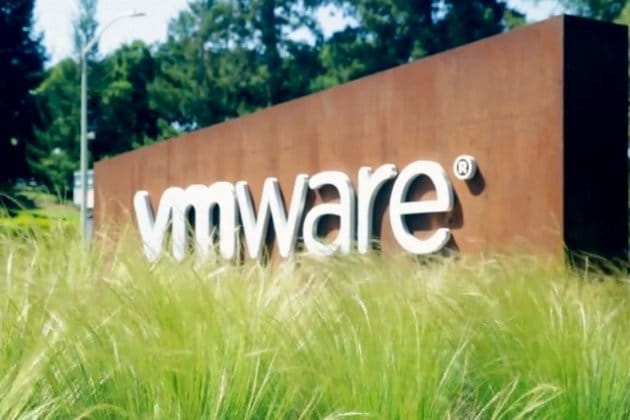VMware released a major update for its vSphere and vSAN virtualization tools. The computing virtualization company announced a slew of new features aimed at the simplification of cloud and on-premises management.
The updates also help improve application performance, while allowing enterprises the chance to move to a single platform for both containers and VMs (virtual machines), which host components for modern apps.
VMware’s vSphere is a virtualization platform used by enterprises to run multiple virtual machines on one system.
The updates enhance apps building and deployment
VMware vSAN is the company’s virtualized storage product used to manage storage resources for VMs. Most of VMware’s concentration over recent years has been on enabling the virtualization of new container workloads.
Containers are favoured as they enable developers to build applications that can run on any computing platform without needing changes, as opposed to legacy apps that need to be rewritten for each platform.
The vSphere 7 Update 3 and vSAN 7 Update 3 releases enhance that work by creating what the company has dubbed ‘developer-friendly infrastructure’ for enterprises.
New features in vSAN
For instance, the releases make the setup of vSphere on VMware Tanzu, a suite of products used to run and manage multiple Kubernetes deployments across public and private clouds, easy. Kubernetes is open-source software used to manage large container clusters.
VMware also added the vSphere VM Service support for virtual GPUs (graphics processing units.) vSAN is getting several features, including a Health Check Correlation feature, Stretched Cluster Site/Wellness Failure Resiliency capabilities, Access-Based Enumeration for File Services, an easier setup of NSX Security from within vSphere client, and more.
